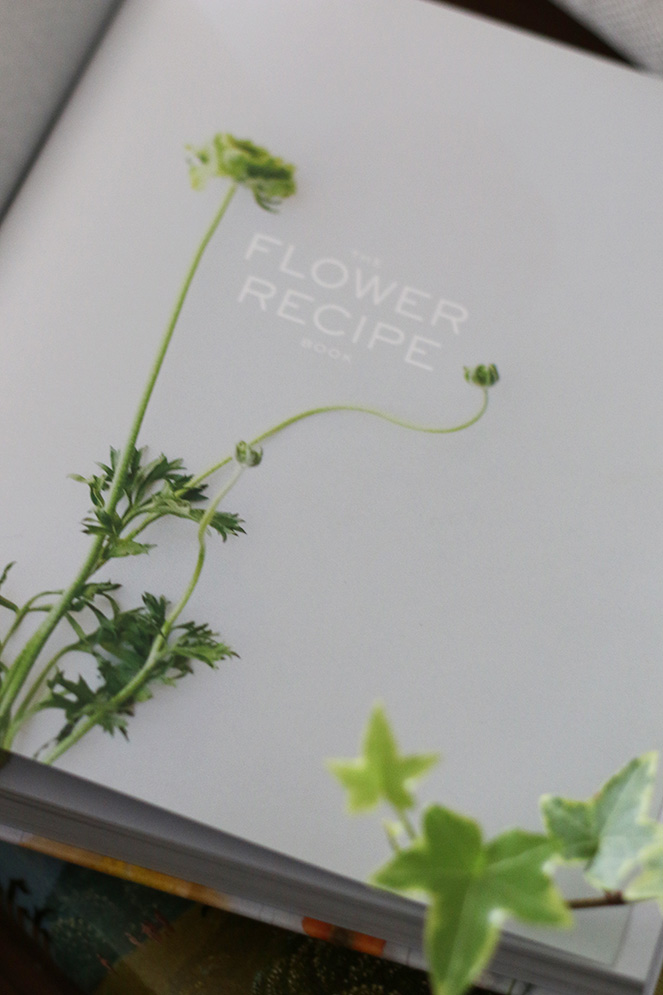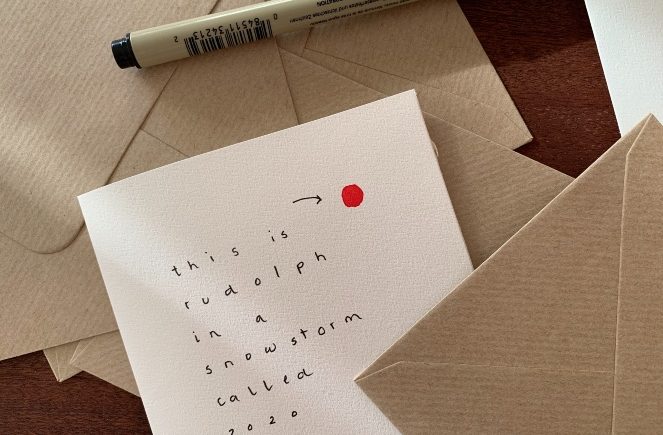






(scroll for the English version)
Sabem aqueles arranjos bucólicos, que só de olhar já nos deixam relaxados? Daqueles que em vez de serem demasiado sérios, têm um caimento natural e enchem uma sala de aromas, cores, texturas?
Quem já não quis ter um belo jardim inglês, para poder colher um monte de flores e ter a capacidade de as colocar assim, como se tivessem sido simplesmente pousadas, numa jarra original que nenhum de nós tem em casa? Ah… eu fico encantada de olhar, mas também algo ansiosa por conseguir trazer um pouco desse encanto para a minha casa.
Agora que a Primavera começa a despertar, é possível encontrar nos jardins e até nas floristas, uma maior variedade de flores, rebentos, novidades. Daqui para a frente, fazer um arranjo bucólico começa a não ser uma ilusão depois de um inverno à base de sempre verdes e uma ou outra ideia original. O desafio é, como fazer? O que juntar? O que colher? Como conseguir o efeito desejado?
Um dos melhores livros que tenho sobre arranjos florais bucólicos, pouco formatados e com possibilidades originais é o “The Flower Recipe Book”.
Este livro é de devorar com o olhar mas está também desenhado de forma muito inteligente. Em primeiro lugar não ilude ninguém e mostra-nos quais os materiais adequados para conseguir um efeito profissional. Além disso desmistificar a ideia de que é preciso muita quantidade de flores para fazer um arranjo bonito e que as jarras ideais são aquelas que ninguém tem em casa. É mentira… Eu, que sou algo ponderada e minimalista nas minhas aquisições, só de olhar para a lista de possibilidades, contei logo 5 recipientes que tenho em casa que eu nunca usei como jarra para flores mas que posso agora ter em conta!
Depois ensina-nos as técnicas base para preparar as flores colhidas ou compradas, usar arames de florista para fortalecer ou prolongar caules, preparar as jarras e que tipo de evidência deve ter cada flor num arranjo.
Por fim avança para a parte prática apresentando mais de 40 flores diferentes e as respectivas técnicas de apresentação em arranjos de vários tipos: a flor sozinha (apresentada por exemplo em diferentes fases do seu ciclo de vida ou numa ou duas flores singelas); e a flor acompanhada, onde são apresentadas boas combinações para a flor em questão.
Isto permite-nos ter sempre a possibilidade de fazer um arranjo, tendo ou não muita variedade de flores! O interessante é que, mesmo que não tenhamos todas as propostas presentes, as explicações permitem substituir por outras opções do jardim a fim de conseguir o mesmo efeito. Um bocadinho daqui, outro dali, e é muito fácil conseguir um arranjo variado e cheio de movimento com a ajuda das técnicas e explicações que o livro fornece.
Há arranjos para todas as cores, para todos os objectivos, gostos e principalmente, para todas as estações. Desde arranjos para sala, boutonnieres, coroas para portas ou arranjos para pequenas divisões, há um pouco de tudo!
Para além disso é um excelente livro para folhear, porque as fotografias e cores são lindíssimas! Por essa mesma razão, faz parte de uma mão cheia de livros que tenho na sala, mesmo à mão de semear.
Do you know those bucolic flower arrangements that make you feel relaxed? Those that instead of being too serious, have a natural shape and fill a room with scents, colors, textures?
Who ever wanted to have a beautiful English garden, to be able to pick a lot of flowers and have the ability to put them like that, as if they had just been lodged, in that original vase that none of us have at home? Ah… I’m always delighted to look at those, but also something eager to bring some of that charm into my house.
Now that spring begins to peek, you can find in the gardens and even in the florists, a greater variety of flowers, shoots, novelties. From now on, making a bucolic arrangement begins to be possible after a winter with just greens and some original ideas. The challenge is, how to do it? What to put together? What to pick? How to achieve the desired effect?
One of the best books I have on bucolic, unformatted flower arrangements with some original possibilities is “The Flower Recipe Book“.
This book is to be eaten with your eyes but is also intelligently designed. First of all, it does not deceive anyone and show us what the appropriate materials to achieve a professional look. Also, it demystifies the idea that it takes a lot of flowers to make a beautiful arrangement and that the ideal vases are those that no one has at home. It’s a lie… I am fairly weighted and minimalistic in my purchases, but once I spotted the list of possibilities on the book, I thought about at least 5 containers I have at home that I have never used as a flower vase but which I can now take into account!
Then, the book teach us the basic techniques for preparing the flowers (picked or bought), to use flower wires to strengthen or extend stems, prepare the vases and explains the evidence that each type of flower should have in an arrangement.
Finally, it moves to the practical section of the book by presenting more than 40 different flowers and the techniques of their presentation in several types of arrangements: the flower on its own (presented for example in different phases of its life cycle or in one or two simple flowers); and the flower with company, where it presents good combinations for the flower in question.
This allows us to always have a possibility to make an arrangement, despite having or not a lot of variety! The interesting thing is that, even if we don’t have all the proposed flowers, the book explanations allow us to substitute them for other garden options in order to achieve the same effect. A little bit here and a little bit there and it became very easy to get a mixed arrangement with a great flow.
There are arrangements for all colors, purposes, tastes and especially, for all seasons. From living room arrangements, boutonnieres, flower wreaths or small room arrangements, there is a bit of everything!
It is also an excellent book to browse, because the photographs and colors are beautiful! For this very reason, it is part of a handful of books that I have close at hand in my living room.




